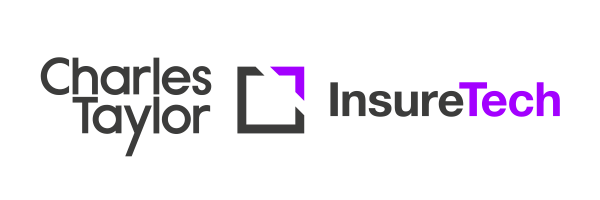Every few years, it seems that a new “emerging risk” appears on the scene threatening to be the next big thing to affect insurers and reinsurers. One potential such candidate is the class of compounds popularly known as “forever chemicals.” And while their chemical properties may be as permanent as advertised, is the prospect for resulting litigation stemming from their use just as long-lasting?
There are 7800 different compounds categorized by the more scientific-sounding name of per- and polyfluoroalkyl substances (“PFAS”) that have unique waterproof and non-stick properties. First discovered by accident in 1938, it is this characteristic that gives PFAS a host of useful applications in everything from fast food wrappers to clothing to nonstick cookware. The same characteristic, however, also makes them potentially harmful because they tend to remain and accumulate in the human body without breaking down. US manufacturers largely phased out the first generation of PFAS by 2015 and have moved on to what they call “second generation” PFAS, though first generation PFAS are still manufactured elsewhere. The chemical industry insists second generation compounds are safer, while skeptics note the lack of long-term scientific studies due to their recent vintage.

More than 95% of the US population has PFAS in their bodies
Whatever the generation, their ubiquitous presence in modern life means that more than 95% of the US population has PFAS in their bodies. PFAS has been linked to a litany of maladies, including kidney cancer, endocrine disruption, and pregnancy complications. Those with greatest risk are considered to be individuals with occupational exposure during the manufacture of products that include PFAS. PFAS, however, also seep into drinking water through industrial run-off and their presence in firefighting foam, which then enters the water supply after use. A senior CDC official has called the concentration of PFAS in US drinking water “one of the most seminal public health challenges for the next decades.”
By the end of 2021, US courts oversaw more than 5,000 PFAS-related complaints involving 193 defendants in 82 industries. And the dollars involved can be staggering. DuPont and its spin-off companies have announced a cost-sharing agreement worth $4 billion to settle lawsuits involving PFAS over the next 20 years. 3M and DuPont had previously settled with various classes of plaintiffs for as much as $850 million and $671 million, respectively, to say nothing of other smaller settlements. And states are getting in on the action as well, suing PFAS manufacturers seeking cleanup costs and other damages for monitoring and remediating contamination. PFAS manufacturers also face the potential for shareholder litigation, some of which has already begun.
Going forward, there are two things to watch in the short-term to see how insurers and reinsurers may be affected by claims related to PFAS. First, the US Environmental Protection Agency is considered likely to designate PFAS as a hazardous substance by 2023. This designation carries with it the potential for new rounds of litigation on coverage, apportionment, and cost recovery. If PFAS-contaminated sites are eligible for listing as US “Superfund” sites, then authorities can seek damages and cleanup costs from responsible policies. Litigation regarding allocation of those costs is sure to follow, as well as tort litigation from individuals exposed to PFAS at those locations. And of course, this is not just a US issue. The EU Court of Justice recently ruled against DuPont spin-off Chemours that even second generation PFAS must be labeled as being of “very high concern.”
Second, currently proceeding in federal district court in South Carolina is multi-district litigation consolidating 500 lawsuits from across the US on the use of firefighting foam. One of the bellwether cases there involves claims brought by municipal water districts. Discovery in that proceeding is well underway, with a trial set for later this year. The outcome may tell us more about how other PFAS cases could be resolved.
Plaintiffs seeking damages, though, will face hurdles. The relatively “ordinary” nature of some of the diseases linked to PFAS will complicate cases, making it difficult to prove causation. And finding the original source of contamination that goes back to the middle of the 20th century may be difficult in some cases. Meanwhile, pollution exclusions in CGL policies will limit what claims can be made in the first place, though the courts of different states interpret exclusions differently.
We may not know the true cost of PFAS for some time, but the prudent carrier should monitor the risks currently on its books for potential PFAS exposure and stay updated on the latest PFAS-related developments.

Peter Steffen is a Partner at Freeborn & Peters LLP in the Litigation Practice Group and a member of the Insurance and Reinsurance Industry Team.
Peter concentrates his practice on complex commercial litigation and arbitration specifically advising clients in reinsurance, accounting liability, and regulatory matters.
Peter has represented clients in a wide array of reinsurance disputes, including: fraud, rescission, breach of contract, breach of fiduciary duty, broker duties, misrepresentation, good faith, and follow-the-fortunes. He is experienced in both the property/casualty and life, accident & health reinsurance sectors and has spoken at several industry meetings and events. Peter has also advised reinsurers on issues regarding state insurance insolvency laws.
Additionally, Peter has assisted clients with internal investigations, has supervised and coordinated litigation in international jurisdictions, and has advised clients on compliance with Office of Foreign Assets Control (OFAC) regulations.





.png)










